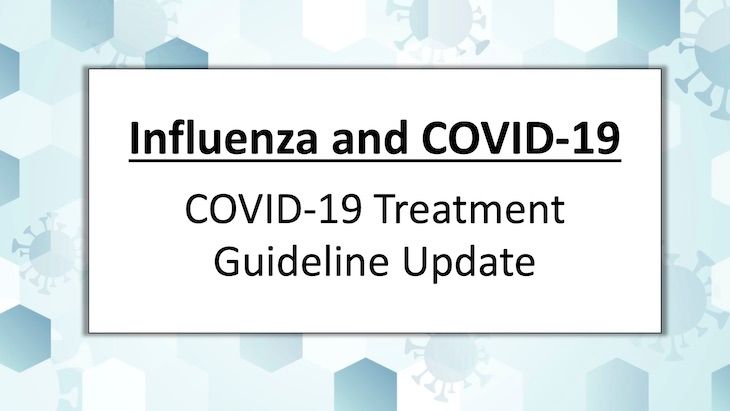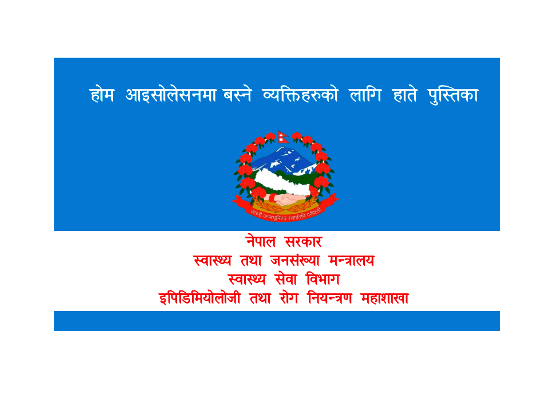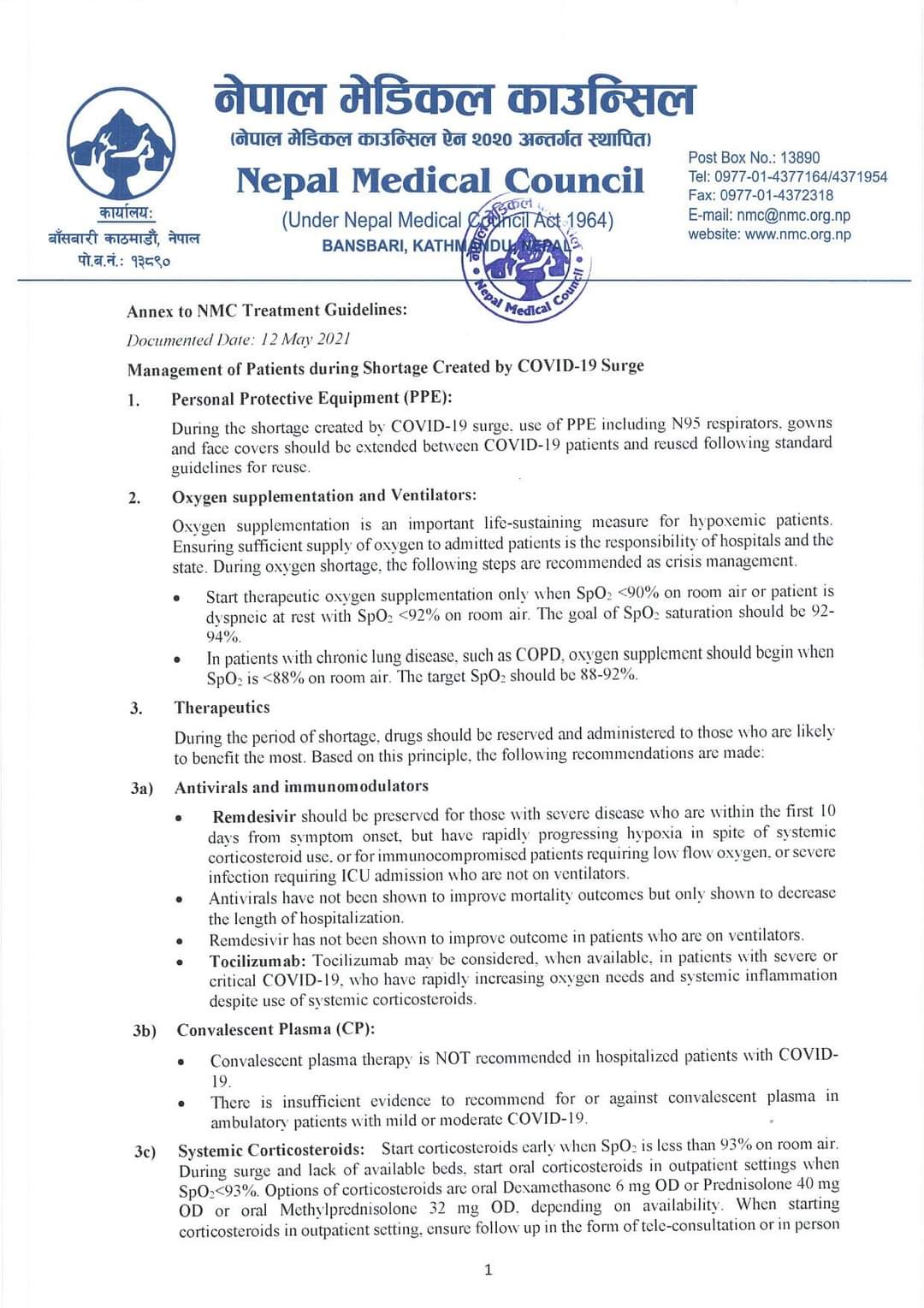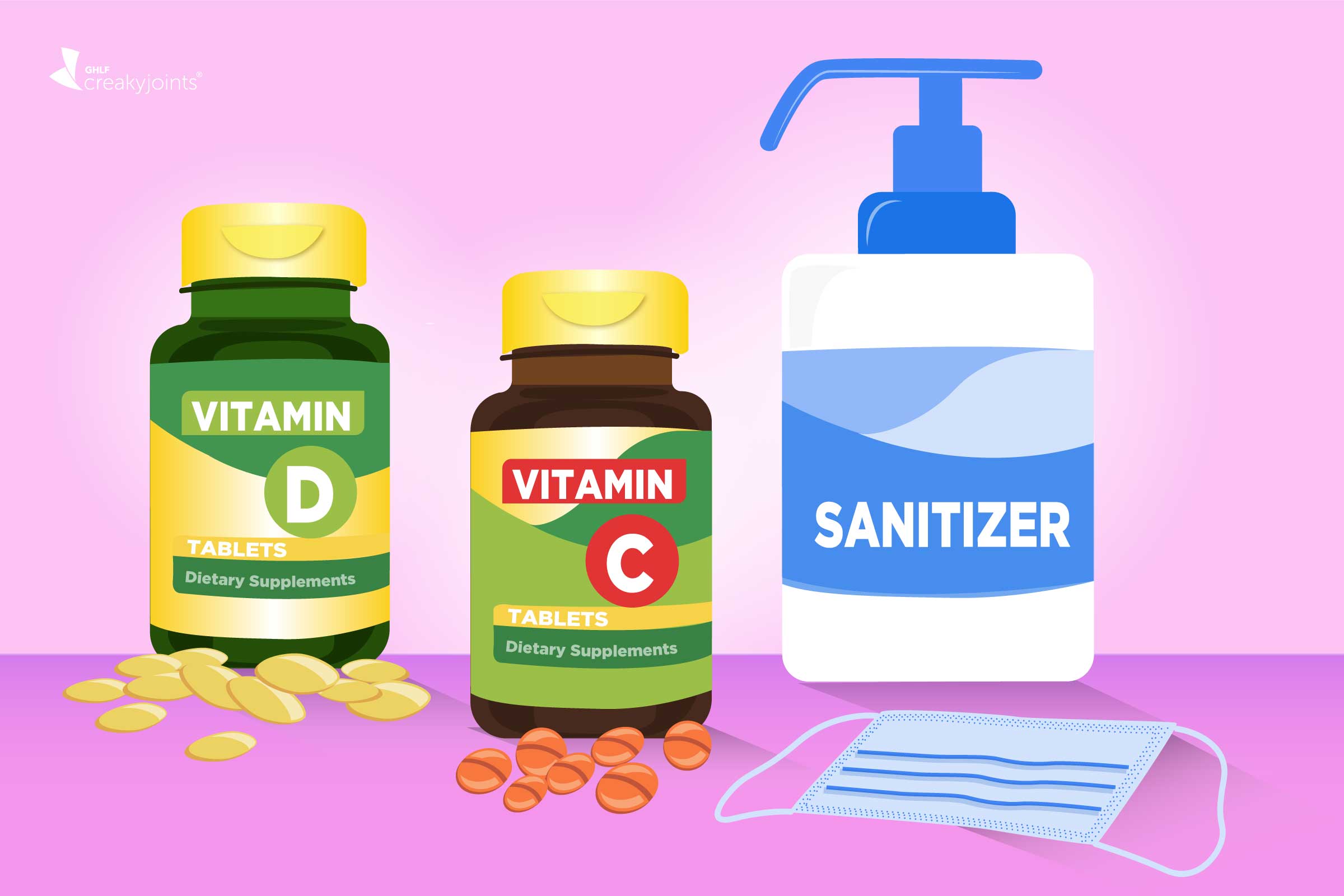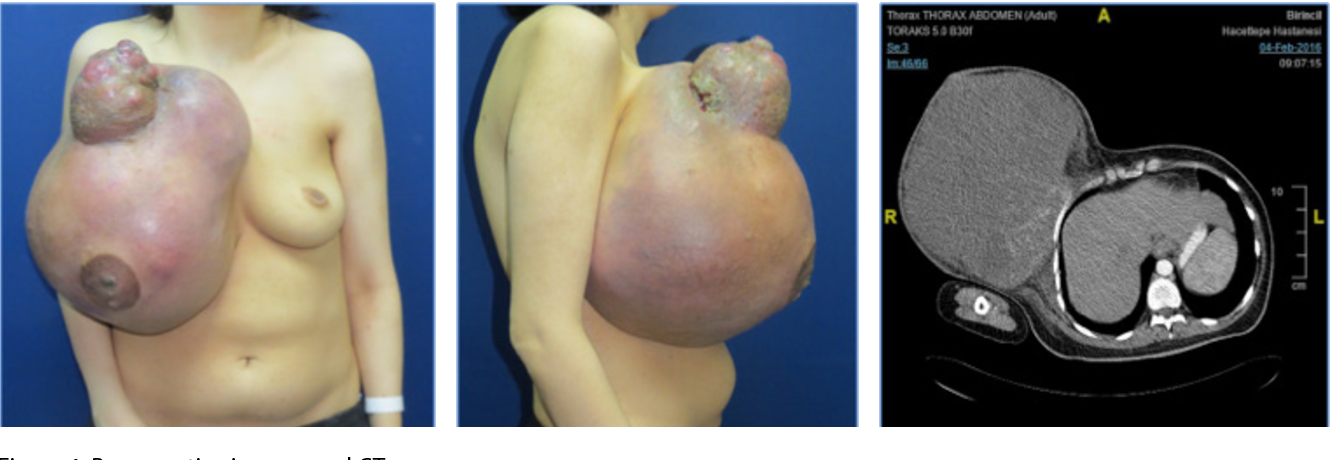Surgical patient Management in COVID Pandemic is one of the major parts of the hospital. While treating the patient, we should be very cautious and take some considerations for Surgical patient Management in COVID Pandemic time. Below are lists and briefs for the management of Surgical Patients in the hospital. These guidelines are by Nepal Orthopedic Association for the surgical Patients.

OPD Guidelines for the Orthopedic
- All suspected or infected patients must be managed with maximum attention.
- All personnel in contact with the patient must wear PPE.
- Transfers must be protected.
- Infected patients must be moved as little as possible through the hospital.
- Transfer routes must be precisely planned and be as short as possible.
- The COVID operating area should be in a dedicated and possibly separate area.
- COVID operating room must be dedicated and as close as possible to the entrance of the theater block.
- Disposable material should be preferred.
- Minimal material should be used for each intervention.
- Transport personnel should be the same from transport origin to destination.
- Once the patient has entered, the OR doors must be closed.
- Operators (i.e., surgeon, anesthetist, nurses, and technicians) should enter the OR in a timely manner to minimize exposure to infected patients.
- Personnel involved in the intervention should not leave the OR during the procedure.
- High OR air exchange cycles are recommended (> 25 exchanges/h).
- Clinical documentation must remain outside the OR
- At the end of each intervention, all disposable materials must be disposed of and all surfaces and electromedical devices accurately cleaned and disinfected.
- PPE must be removed and disposed of outside the OR in dedicated doffing areas ensuring the virus is not transmitted to the healthcare worker.
- OR and surrounding donning/doffing areas must be sanitized as soon as possible after each procedure.
- After each procedure, all involved personnel, whenever possible, should shower.
- Recovery phase after surgery must be done in OR, before transfer the ward/ICU.
Laminar flow
- Positive pressure rooms should not be used. Ideally, turnoff or negative pressure if engineering can achieve this reliably.
- Explanation: SARS, MERS and aerosol transmission guidelines indicate increased air pressure can distribute fine particles through the room and via non-sealed doors to corridors and wider areas.
Use of the N95 mask and goggles
- Use for all COVID-19 positive cases and suspected cases.
- After putting N95 mask always check for the good seal.
- Use balaclava, taped orange mask and eye protection for any non COVID-19 cases where power tools will be utilized.
- Explanation: Power tools (drill, saw, burr etc) may be associated with droplet and fine particle generation, the infection risk from this is unknown. Standard masking and eye protection as above offer excellent protection
Addition of plastic face shield
- Plastic face shield over the top of the N95 mask and goggles in COVID-19 cases advised
- Use of shield for non-COVID-19 cases with power tool use or risk of blood/fluid splatter advised.
- Explanation: Further protection against fluid splatter, they are cheap and effectively decontaminated with soap and water so can be reused in many situations
Use of power tool, reaming systems
- Consider use carefully.
- Explanation: Power tools disturb airflow, transmitting infectious droplets.
DO NOT USE pulse lavage
- Explanation: The generation of vapor may increase the risk of transmitting infectious agents.
Use smoke evacuator with electrocautery (monopolar, bipolar).
- Use in the least power setting required.
- Explanation: likely very low risk of viral contagion in smoke but can aid suction of blood product to avoid splatter. Some prior evidence of another virus in smoke plumes.
Minimize bleeding by using tourniquet/ tranexemic acid/ good hemostasis
- Explanation: more blood in the surgical field, higher the chance of an aerosol generation
Selection of wound closure material
- Unless there is a strong clinical indication, select subcuticular buried (i.e. all knots under skin) absorbable suture
- Explanation: Staples and sutures require increased time for nursing staff in contact. Even in non-COVID-19 patients, they may have contracted in the hospital environment and be positive at suture removal.
Selection of dressings
- Use transparent dressing material if possible. Visible dressings allow inspection of the wound at a distance from patient reduces the need for contact onward
- Avoid wool crepe coverage
- Suction dressings in compound wounds
- Minimize the number of dressing
Arriving at work or return to work recommendation
- Change from personal clothing to hospital-supplied scrubs on arrival to work and changing back to personal clothes to return home.
- Protocols for routine arrival home after duty will be a point of discussion, including the benefits of taking off shoes, removing and washing clothing, and immediately showering.
- These protocols are optional because the evidence is unclear, but they may be sensible.
- Regular home surface decontamination.

